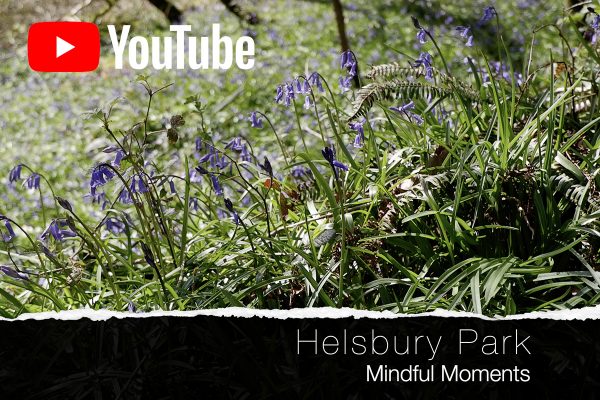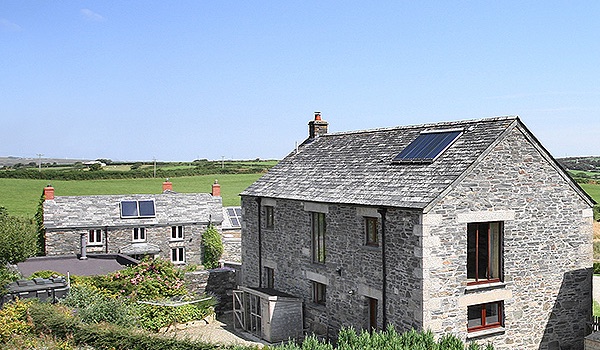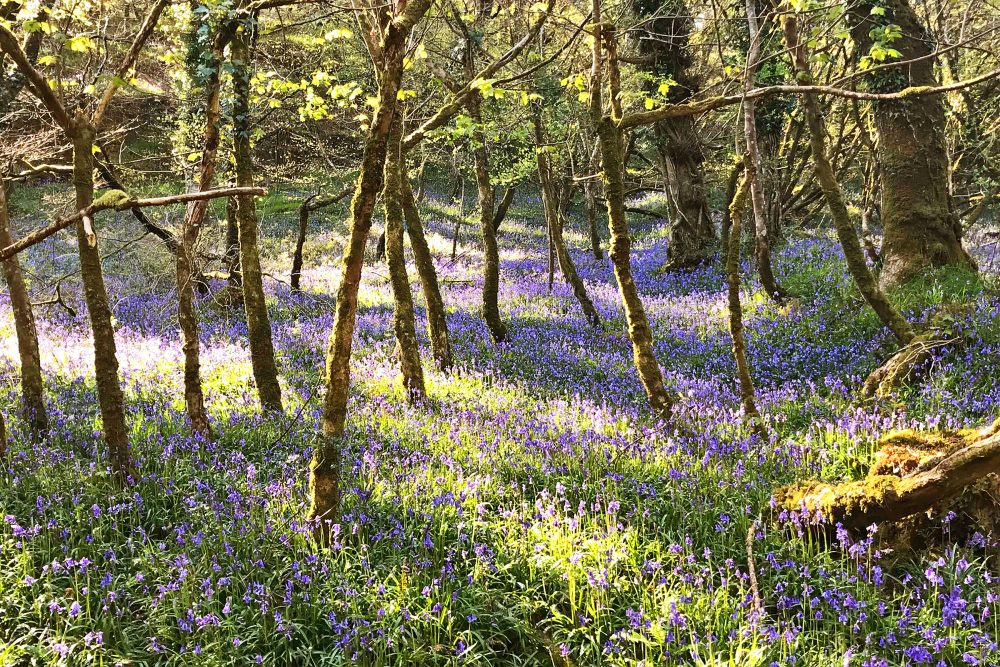Bluebells and Bees
Bluebells are a beautiful wildflower, typically seen around April to May. They create a gorgeous carpet on woodland floors including our woodland, which is typically covered with them around this time of year. The magical atmosphere they evoke and the beauty they inspire might link to their mythical origins! The Latin name, Hyacinthoides, comes from the Greek myth of the death of Price Hyacinthus, Apollo’s tears spelled the word ‘alas’ on the petals of the hyacinth flower that had bloomed from his blood. The non-scripta means unlettered and separates the bluebell from the hyacinth.
Environmental Impact of Bluebells
Not only are bluebells beautiful but they are great for the environment! Of course, all plants help provide the necessary greenspaces that help the environment, but flowers like bluebells attract pollinators such as bees and provide a great early food source. If you are thinking of planting bluebells to attract bees, make sure they are native British varieties. Other flowers that attract bees include, foxgloves, comfrey, clovers, greater knapweed, stinking hellebore, honeysuckle and wood anemone.
Bees
35 UK bee species are under threat of extinction, 13 have already been lost. The intensification of farming and the increased use of pesticides are a few of the key factors as to why. Bees are key to the survival of plant species, in fact, it would cost UK farmers £1.8 billon to pollinate their crops without bees. Bees are a key component of human survival and are necessary for the maintenance of many ecosystems.
How Can We Help?
Call for your local council to protect pollinators and ask what they are currently doing to combat the issue of bee decline. Visit Friends of the Earth and donate to get a bee saver kit and contribute to the cause. Friends of the Earth help to raise public awareness about bee decline, put bees and other wildlife on the political agenda, promote crop growing without the use of bee-harming pesticides by working with farmers and send out thousands of packets of wildflower seeds each year to engage the public in planting habitats for the bees.
If you would rather help on your own, here How to Attract Bees to Your Garden – Woodland Trust is some advice as to the best way to create a bee-friendly habitat:
- Plant wildflowers and native species as they have evolved alongside native insects, and rarer species tend to favour them. They are also easier to grow and maintain and are often relatively resistant to pests.
- Create diverse plantings as this will provide a good variety of pollen-rich flowers and is more accessible to more species of pollinators. Avoid double or multi-petalled flowers as they are less accessible for pollinators and contain less nectar and pollen.
- Don’t use pesticides as many (specifically those containing neonicotinoids) kill bees.
- Make a bee house to provide a nesting site. Research how to make it as effective as possible or where to buy the best one.
- Retain lawn weeds as many, such as dandelions, are excellent bee plants. If you want to mow your lawn, consider leaving a space that is mown less frequently to give them a chance to flower.
Bluebells
- Name: Bluebells
- Latin Name: Hyacinthoides non-scripta
- Category: Wildflowers
- Height: Up to 50cm
- Habitats: Woodland, towns and gardens
The bluebells at Helsbury are one of the highlights of our year, if you want to see them for yourself you’ll need to book for the end of April and early May. And check out our mindful moment video for Spring.

helsbury park mindful moments


